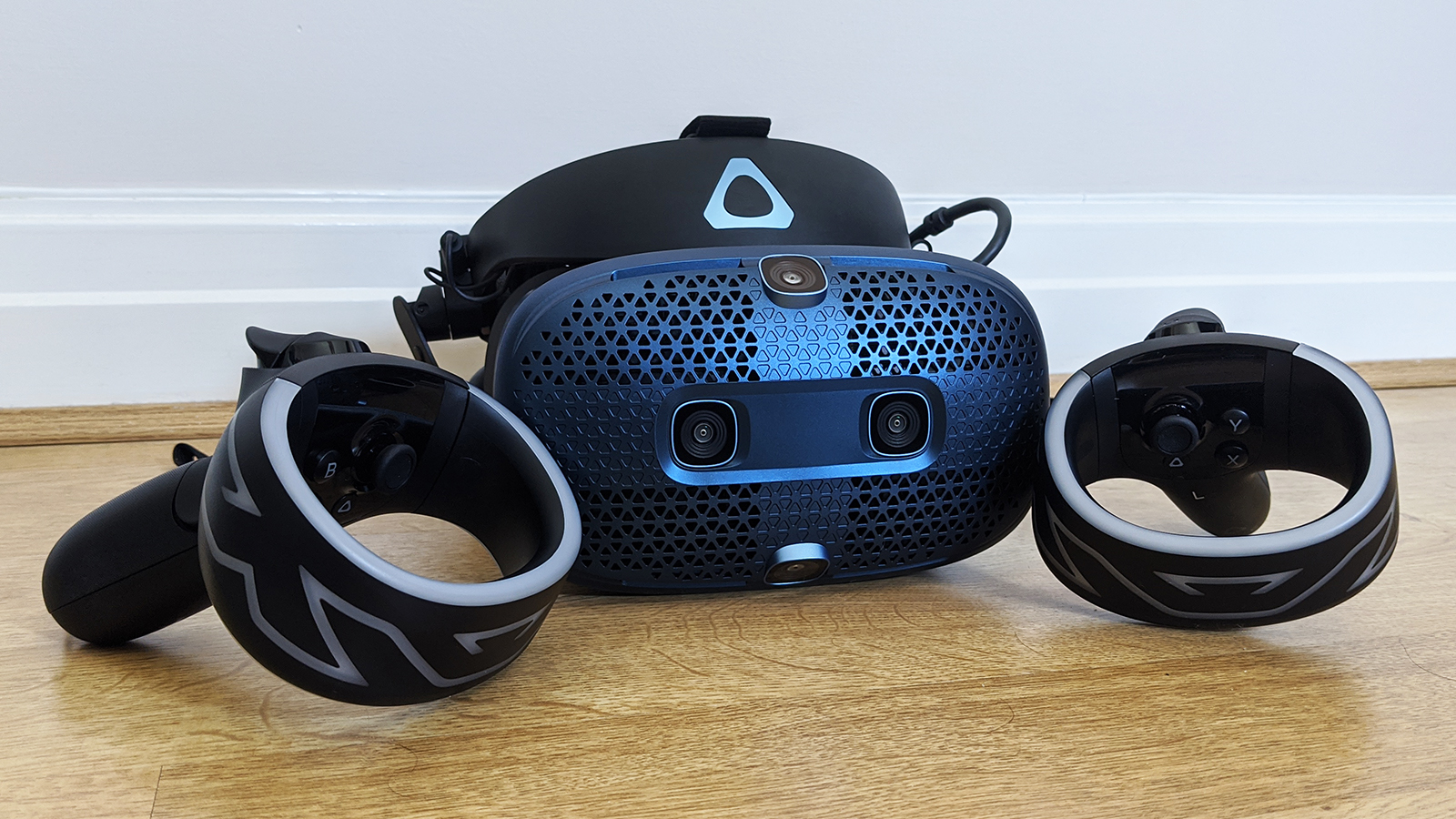Best VR headset 2025: top virtual reality headsets from Meta, PlayStation and HTC
T3's best VR headset buying guide reveals the best virtual reality systems, whatever your budget

Mike Lowe

The best VR headset in 2025 will depend on what you want one for, and what your budget is. The market has sky-rocketed in the last few years, so you've got plenty to choose from, but it's not always easy to figure out what the differences are between them, or exactly what you're getting in return for your money.
Some of the virtual reality headsets you'll come across are completely standalone, with everything you need built-in, while others require a wired or wireless connection to a PC or games console – this can limit your freedom to roam and could affect the cost, but you usually get a better graphics experience as a result because there's more processing power.
In terms of specs, look out for the size and the resolution of the display that's in front of your eyes, and extras like integrated audio and eye-tracking. It's also worth checking out the game and app stores that these headsets have access to because some will have way more to offer than others. That said, a lot of the top virtual reality titles are now available across the board on multiple headsets, so don't get too hung up on it.
The best VR headsets you can buy today in 2025
The best VR headset for for gamers


Specifications
Reasons to buy
Reasons to avoid
Topping our list is the PS5-exclusive virtual reality system that, while still expensive (it's more than the console itself), is still remarkably good value when compared to the PC competition elsewhere in this guide. Of course you'll need to possess Sony's console to use this headset, but that's another benefit really: there are exclusive PSVR2 titles, such as Horizon: Call of the Mountain.
We called the headset "mind-blowing" in our PSVR2 review, saying: "Sony has crafted a mighty impressive virtual reality kit that's comfortable and has the scope to deliver truly immersive, impressively detailed games." The huge resolution per eye delivers great quality, while eye-tracking technology makes using this VR headset extra special.
The best premium VR headset


Specifications
Reasons to buy
Reasons to avoid
If you want the most immersive and the most complete virtual reality experience right now, then we recommend the HTC Vive Pro 2: it's an absolute beast of a VR headset, and that's reflected by the fact that you need a fairly beefy gaming PC to run it alongside. You can get complex, high-resolution graphics on this device that just aren't possible with the Oculus Quest 2 (in its standalone mode, at least).
You're going to need to be absolutely sure that you'll be spending a lot of time in VR worlds, and that the HTC Vive Pro 2 has everything you need before you consider investing such a substantial sum. Thanks to the pair of high-resolution tracking units you need to mount around the room, all of your controller movements are captured perfectly, while the Viveport and Steam libraries mean you've always got plenty of games to choose from.
The best affordable VR headset


Specifications
Reasons to buy
Reasons to avoid
The Oculus Quest 2 has proved a big hit in the virtual market, and it's not difficult to see why: it's available at a tempting price point, and it provides plenty of fun, cool VR experiences in an accessible and user-friendly way. While the Quest 3 is newer, that has led to some superb prices on its predecessor, which we recommend for pure value.
You don't have to set up any cables or any trackers around the room to use the Oculus Quest 2 – you just power it up and get started – and thanks to the high-resolution displays and the Qualcomm Snapdragon XR2 running under the hood, you're guaranteed visuals that are smooth and slick (if not quite up to the standard of PC-connected headsets). From the ease of initial setup to the range of apps and games on offer, the Oculus Quest 2 scores highly. One of the few downsides is that you need a Facebook account to register and use the device.
The best VR headset bar none


Specifications
Reasons to buy
Reasons to avoid
If you're after one of the very best in the business then the Meta Quest Pro is about as good as VR headsets get, but it doesn't come cheap. What's so good about this is that it combines virtual and mixed reality in a way that we can see actually taking off.
Face and eye tracking make social interactions in the Metaverse feel more lifelike while the ability to overlay virtual objects into the real world lends itself well not just to gaming but to productivity too. In the Meta Quest Pro review, we said: 'all the latest hardware and software work together to give you a super immersive visual and auditory experience' although we were a little disappointed by the battery life which will only last somewhere between 1 and 2 hours.
The best VR headset for PC gamers


Specifications
Reasons to buy
Reasons to avoid
HTC's range of virtual reality headsets can be a little difficult to navigate, but perhaps the easiest way to think about the HTC Vive Cosmos Elite is as a cheaper alternative to the HTC Vive Pro 2 – it's still going to cost you a substantial amount of cash, just not as much, and you get powerful visuals and a smooth and slick user experience in return.
Unlike the Vive Pro 2, the HTC Vive Cosmos Elite can take care of its own tracking using onboard sensors, so there are no separate trackers to place around your gaming room. You still need to keep this cabled up to a computer though, so bear in mind the extra cost of investing in a gaming rig (if you don't already have one in place).
You get access to the extensive Viveport and Steam libraries for your games and applications, and this being an HTC device, you get a build quality and robustness that you can rely on.
Get all the latest news, reviews, deals and buying guides on gorgeous tech, home and active products from the T3 experts
Dave has over 20 years' experience in the tech journalism industry, covering hardware and software across mobile, computing, smart home, home entertainment, wearables, gaming and the web – you can find his writing online, in print, and even in the occasional scientific paper, across major tech titles like T3, TechRadar, Gizmodo and Wired. Outside of work, he enjoys long walks in the countryside, skiing down mountains, watching football matches (as long as his team is winning) and keeping up with the latest movies.
- Mike LoweTech Editor
